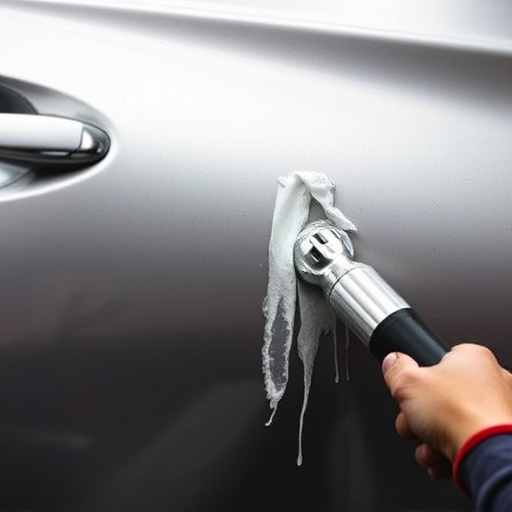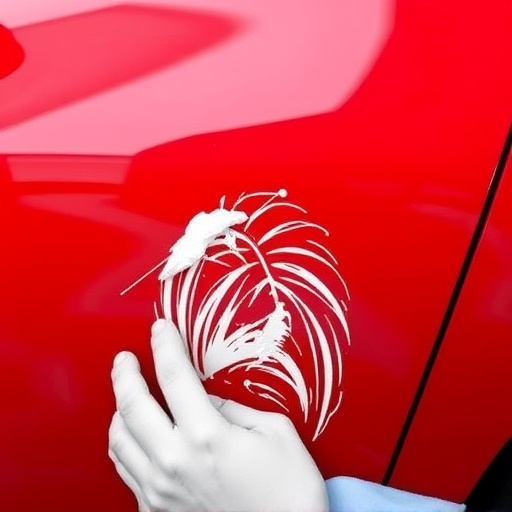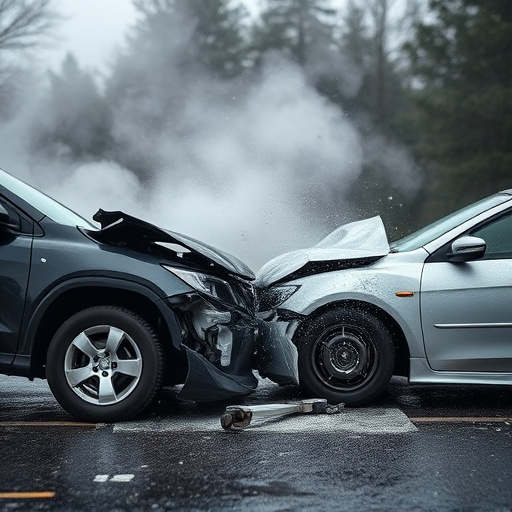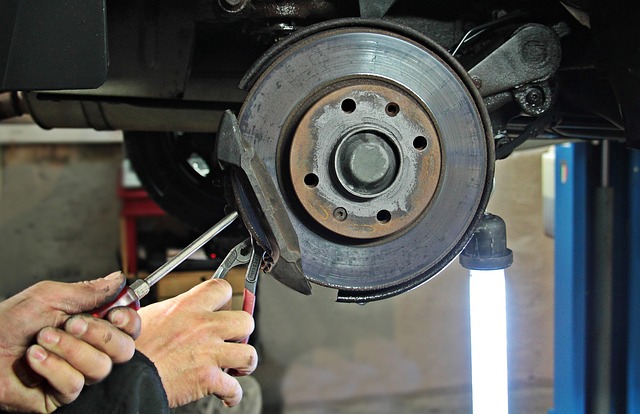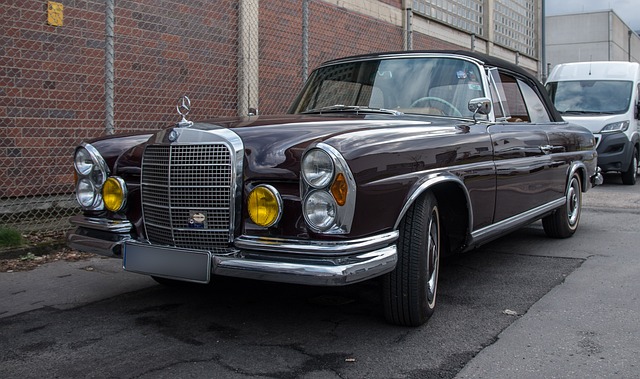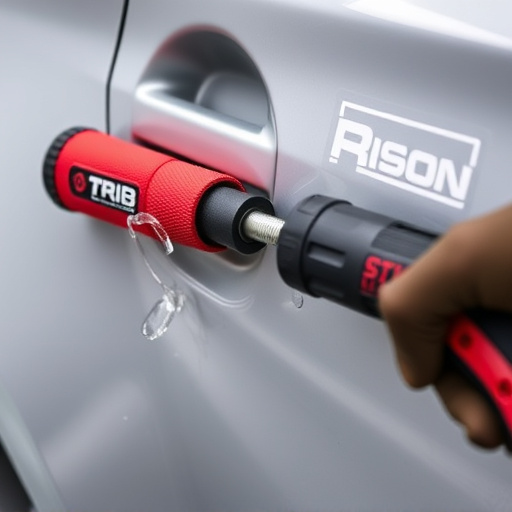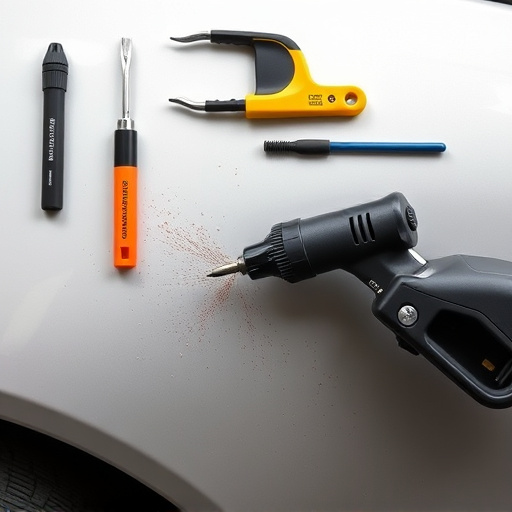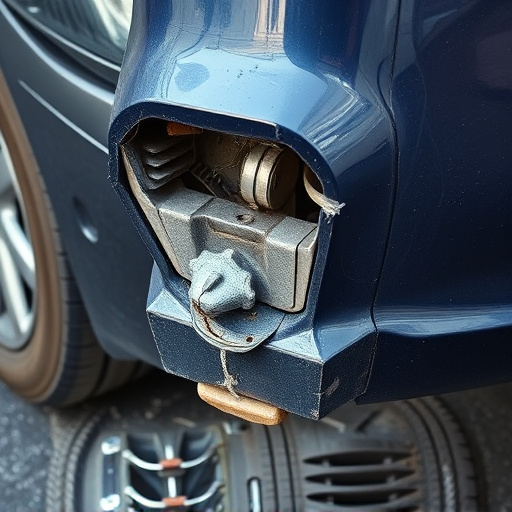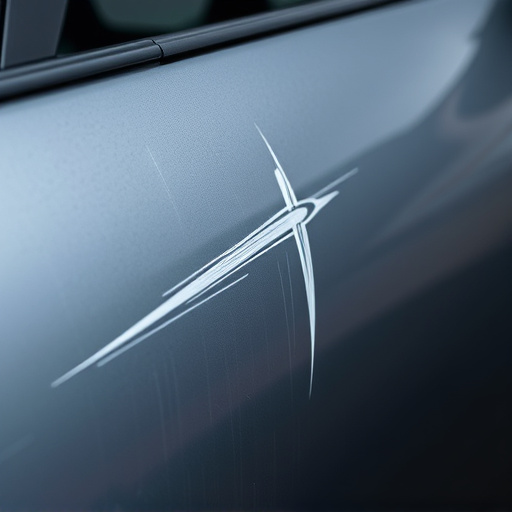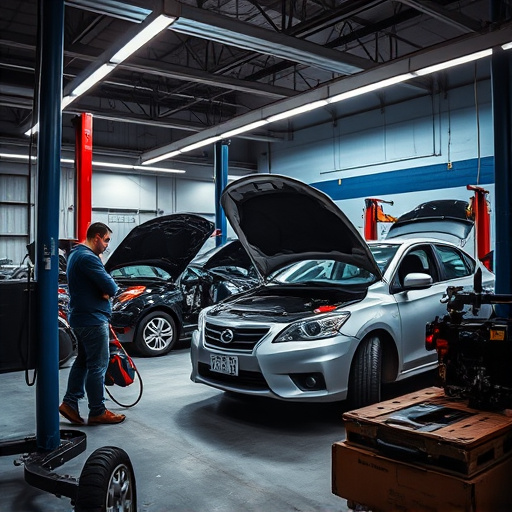In collision repair, fire safety is crucial for worker protection and accident prevention. Key safety protocols include proper ventilation to prevent flammable gas buildup, regular equipment maintenance to minimize spark generation, strict electrical safety standards, and well-trained staff equipped with fire suppression methods and protective gear. Adhering to these collision repair safety protocols protects both workers and vehicles, enhancing the overall safety of the restoration process.
In the high-risk environment of collision repair, fire hazards pose a significant threat. This article delves into the critical collision repair safety protocols designed to mitigate these dangers. We explore the understanding of fire risks specific to this industry and outline essential practices to keep workshops and personnel safe. Furthermore, we provide guidance on implementing and maintaining robust work practices, ensuring collision repair facilities operate at minimal risk, adhering to stringent safety standards.
- Understanding Fire Risks in Collision Repair
- Essential Safety Protocols to Mitigate Fire Hazards
- Implementing and Maintaining Safe Work Practices for Collision Repair Facilities
Understanding Fire Risks in Collision Repair
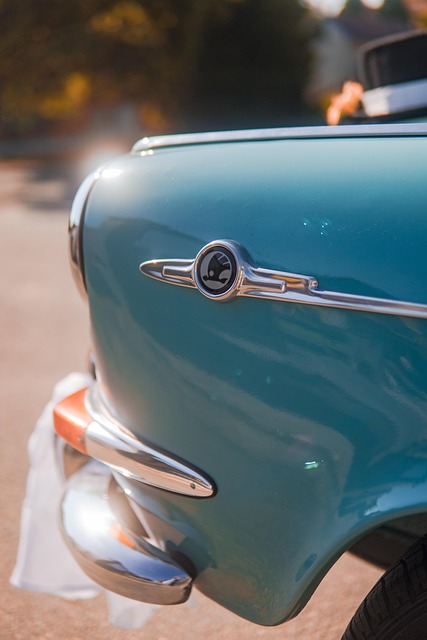
In the high-energy environment of collision repair, understanding fire risks is paramount to ensuring a safe workplace and successful outcomes. Fire hazards are inherent in many aspects of collision repair, from the use of flammable materials like paints and solvents to the heat generated during welding and painting processes. Ignited by sparks, static electricity, or even hot surfaces, these substances can quickly escalate into dangerous situations, endangering both workers and the facility itself. Recognizing this, collision repair safety protocols must be meticulously designed to mitigate these risks.
Collision repair safety protocols must encompass a comprehensive approach to fire prevention and response. This includes proper ventilation systems to dissipate flammable vapors, regular inspection and maintenance of equipment to reduce spark generation, and the implementation of strict electrical safety standards. Additionally, having well-trained personnel equipped with appropriate fire suppression methods and protective gear is crucial in responding effectively should a fire occur during car body repair or vehicle restoration processes involving auto body painting.
Essential Safety Protocols to Mitigate Fire Hazards

In the realm of collision repair, safety is paramount, especially when addressing fire hazards. Essential safety protocols include ensuring proper ventilation to prevent the buildup of flammable gases and vapors, which can ignite easily. This involves utilizing exhaust fans and opening doors and windows to allow fresh air circulation, reducing the risk of a spark triggering an explosion or flame spread.
Additionally, implementing strict electrical safety measures is crucial for mitigating fire risks. Technicians should only use ground-fault circuit interrupters (GFCIs) and follow strict protocols for handling and storing flammable materials, such as solvents and paints, away from heat sources or open flames. These collision repair safety protocols not only safeguard workers but also ensure the integrity of the vehicle restoration process, transforming car collision repair into a safer and more secure operation, with minimal risks associated with fire hazards.
Implementing and Maintaining Safe Work Practices for Collision Repair Facilities

Collision repair facilities play a pivotal role in ensuring vehicle safety after accidents, making it imperative to implement and maintain robust safe work practices. These protocols are designed to safeguard both employees and customers from potential hazards, including fire risks associated with various materials and processes used in car damage repair and bodywork services.
Effective collision repair safety protocols involve regular training for staff on hazard recognition and control measures, proper handling of flammable substances, and the operation of safety equipment like fire extinguishers. They also encompass stringent maintenance routines for tools, machinery, and ventilation systems to prevent accidents and ensure optimal working conditions in vehicle repair services. Adhering to these practices is not just a regulatory requirement but a commitment to fostering a culture of safety across all aspects of collision repair operations.
Collision repair facilities face unique fire hazards that require strict adherence to safety protocols. By understanding these risks, implementing essential practices, and maintaining a culture of safety, professionals in the collision repair industry can protect their workplaces, colleagues, and customers from potential fires. Prioritizing collision repair safety protocols not only ensures compliance but also fosters a safer environment for all involved.
